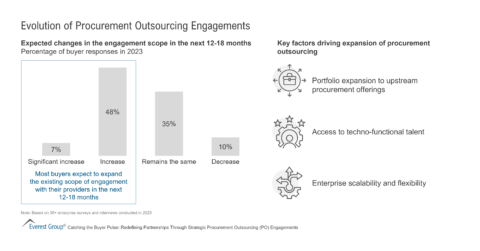Reimagine growth at Elevate – Dallas 2025. See the Agenda.
Filter
Displaying 41-50 of 342
APAC CME Enterprise: IT Outsourcing as a Strategic Lever | Webinar
On-demand Webinar
1 hour
Winning Commercial and Solution Sizing Approaches in Technology Sourcing Deals | Webinar
On-demand Webinar
1 hour














